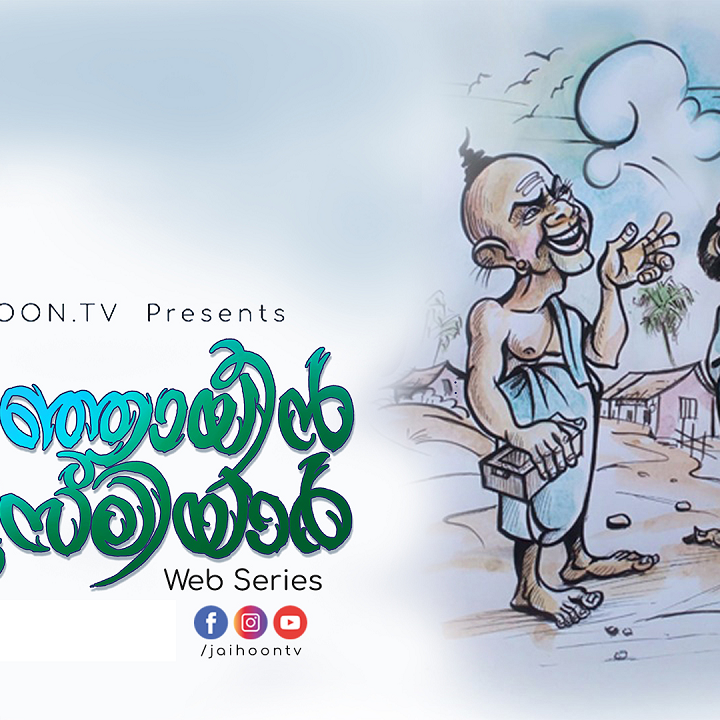“Neither purdah nor education, be it new or old,
Man alone is the sentinel of female’s womanhood
Of the people who did not understand this living truth
The sun has set very soon.”
– Allama Iqbal
Although Eid has lost its previous glory due to the commercialization, it has not affected the sale of purdah. While there is no check on the trends in fashion, the demand for purdah has not decreased. Unlike other costumes, it is more easier to wear in today’s busy life. It is also worn on top of other dresses as well.
A Purdah Wallpaper Iqbalian philosophy>>
The diversity of designs adds to the purdah demand. The different embroidery designs are special to purdah. The loose dress, which comes in one piece of cloth, adds to the flexibility while traveling, especially for working women.
Initial demand favored black, but that has changed over the course of time. The youngsters favor bright colors. There are purdahs for age groups ranging from 5 years to 100 years. The old people prefer burqa in two-piece.
The demand kicked off after purdah was made uniform in colleges and madrassas. Purdah retailers claim that there will be no Muslim house in Kerala without purdah.
Tailoring techniques like cutwork, pearl work, lace work, embroidery adds to the beauty of the purdah, along with the cost. The sales are at its peak in Calicut, Malappuram and Kannur. The Wayanad district is only catching up in the demand. In the south, purdah is popular in Alleppey and Kollam districts. Purdah is exported from Kerala to Tamil Nadu, Karnataka and gulf countries as well.
‘Purdah is safety, not ornamentation’, admits one retailer. While the local brand names perform well in the markets, the holiday seasons like Eid call for foreign brand names. The youths prefer red colors while also available are navy blue, coffee brown, grape color etc. Also on the shelves are Arabian, Iranian and Korean Purdah.
Like any other consumer product, modern purdahs are tailored embracing the taste of the consumers. The high price of purdah is due to the imported material, which comprises sixty percent of the cost.
Special thanks to my friend for bringing this topic to my attention. Based on the report published by Chandrika Daily. Edited by Jaihoon
Purdah in MeraWatan : Why?
A costume, which has its roots in sands of Arabia, has transformed itself to become an integral part of the land of the paddy fields. Surprisingly, it has RE-emerged, not in the dark corners of the secluded house, but in the public colleges and universities, in flooded markets and public functions and at government offices and hospitals.
It is no more the symbol of seclusion and aesthetics. And the irony is that the Arabian-born dress is presently exported back to Arab countries from Khairullah. While the former was a cultural export, the latter becomes a case of economic good.



